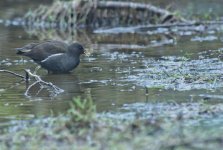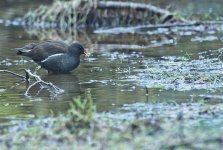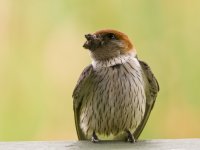marcel steenkist
Active member
hi all, been out all day yesterday shooting waterfowl
Upon return find all images quite unsharp
I shoot in RAW, use lightroom, also use nikon d2x with gitzo tripod with gimberly head. even static objects appear unsharp on cropping i.e a wall from 10 meters away.
use a nikon 300mm 2.8 vr with nikon1.4 teleconverter. have tried hi/low iso and different apertures. there is no camera shake, as tripod combo is rock solid. use (S) AF and spotmetering and centred focussing
I see those pin sharp images on the forum but cant seem to get same results
any tips, attached moorhen picture I took from about 30 meters
marcel
Upon return find all images quite unsharp
I shoot in RAW, use lightroom, also use nikon d2x with gitzo tripod with gimberly head. even static objects appear unsharp on cropping i.e a wall from 10 meters away.
use a nikon 300mm 2.8 vr with nikon1.4 teleconverter. have tried hi/low iso and different apertures. there is no camera shake, as tripod combo is rock solid. use (S) AF and spotmetering and centred focussing
I see those pin sharp images on the forum but cant seem to get same results
any tips, attached moorhen picture I took from about 30 meters
marcel








